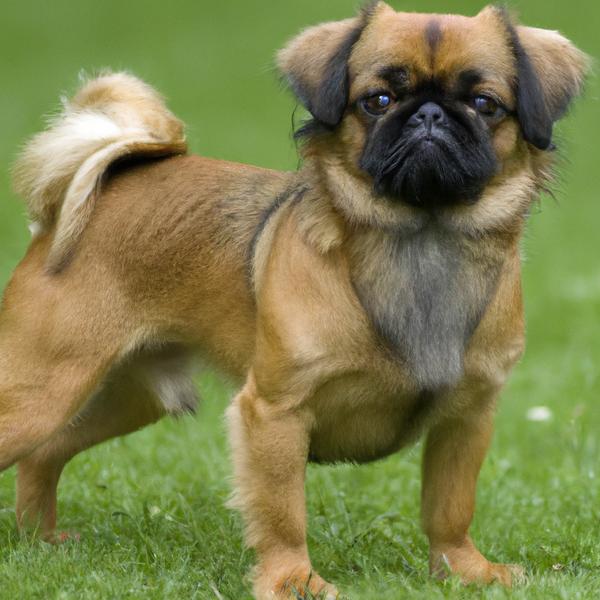Schnekingese vs. Wee-Chon: Breed Differences and Similarities
Hypoallergenic
Are Schnekingeses or Wee-Chons hypoallergenic, or neither?
Unfortunately, the Schnekingese is not hypoallergenic, making it not a good choice for a dog lover who suffers from pet allergies.
While no dogs are truly 100% hypoallergenic, Wee-Chons are about as close as it gets, making them an ideal pet if you are an allergy sufferer.
Temperament
What are the personalities of Schnekingese and Wee-Chon dogs?
Stubborn
Alert
Intelligent
Friendly
Affectionate
Obedient
Aggressive
Fearless
Good-natured
Spirited
Opinionated
Playful
Independent
Alert
Sensitive
Courageous
Intelligent
Friendly
Affectionate
Gentle
Cheerful
Shedding Level
Do Schnekingeses shed more than Wee-Chons, or which breed sheds more, Schnekingeses or Wee-Chons?
Schnekingese or Wee-Chon dogs are low shedders. The coat sheds an average amount and doesn't require much care.
Watchdog Ability
Which dog breed makes a better watchdog, the Schnekingese or Wee-Chon?
Schnekingeses aren't great guard dogs; they tend to just watch without taking action.
Avoid Wee-Chons as watchdogs - they're not effective.
Ancestry
What are the origins of Schnekingese and Wee-Chon breeds?
Miniature Schnauzer, Pekingese
West Highland White Terrier and Bichon Frise
Breed recognition
Which kennel clubs recognize/register Schnekingese and Wee-Chon?
ACHC = American Canine Hybrid Club
DBR = Designer Breed Registry
DDKC = Designer Dogs Kennel Club
DRA = Dog Registry of America, Inc.
IDCR = International Designer Canine Registry®
ACHC = American Canine Hybrid Club
DBR = Designer Breed Registry
DDKC = Designer Dogs Kennel Club
DRA = Dog Registry of America, Inc.
IDCR = International Designer Canine Registry®
Date of Birth
When were Schnekingese and Wee-Chon breeds first developed?
Unknown
Eye Color Possibilites
What are the eye colors of Schnekingese and Wee-Chon dogs?
Brown
Brown
Nose Color Possibilites
What are the natural nose colors of Schnekingese and Wee-Chon?
Black
Black
Coat Color Possibilites
What are the natural colors of the coat for Schnekingese and Wee-Chon breeds?
Black
Brown
Fawn
White
White
Pied
Coat Length
What is the typical coat length for Schnekingese and Wee-Chon breeds?
The coat of Schnekingese and Wee-Chon dogs falls in the medium-length category.
Coat Density
What is the density of the coat of Schnekingese and Wee-Chon?
Coat Texture
What is the hair texture of Schnekingese and Wee-Chon?
Straight
Litter Size
What is the usual litter size for Schnekingese and Wee-Chon?
A Schnekingese can have a litter of 3-6 puppies on average. However, it's worth noting that the size of the litters can vary greatly. Factors that can influence litter size include the health of the mother, breeding history, and genetics.
A Wee-Chon can have a litter of 2-5 puppies on average. However, it's worth noting that the size of the litters can vary greatly. Factors that can influence litter size include the health of the mother, breeding history, and genetics.
Adaptability
Schnekingese and Wee-Chons are known for their adaptability and versatility. They are capable of adapting well to a wide range of lifestyle changes and living environments, making them great companions for families and individuals of all lifestyles.
Health Issues
Between Schnekingese and Wee-Chon, which breed is more prone to health problems?
The Schnekingese and Wee-Chon breeds are commonly healthy with low vet costs, regular check-ups may not be as necessary but it's important to keep an eye on their health and have them checked by a veterinarian when needed.
Major Concerns
What are the major health concerns for Schnekingese and Wee-Chon breeds?
Patellar Luxation
Portosystemic Shunt
Sick Sinus Syndrome
Allergies
Atopic Dermatitis
Dental Problems
Eye conditions
Minor Concerns
What minor health issues should be kept in mind when owning Schnekingese and Wee-Chon?
Cataracts
Mono/Bilateral Cryptorchidism
Brachycephalic Syndrome
Cleft Lip or Palate
urolithiasis
Progressive Retinal Atrophy (PRA)
Eye Disease and Disorders
Keratoconjunctivitis Sicca (Dry Eye)
Mitral Valve Dysplasia
Patellar Luxation
Von Willebrand's Disease
Bladder Stones
Legg-Calve-Perthes Disease
Occasional Tests
What occasional tests are recommended for Schnekingese and Wee-Chon breeds?
Ear Examination
Complete Blood Count
Internal Imaging (x-ray, CT scan, MRI, etc.)
Yearly Physical Examination
Blood Chemistry
Eye Examinations (both internal as well as external)
X-rays of various parts of the skeletal system
Dental and Oral Examinations
Echocardiography (ultrasound)
Blood and Urine Protein Screens
Dental Examination
Skin Evaluation
Blood Count
Internal Imaging (x-ray, CT scan, MRI, etc.)
Allergy Testing
DNA for VWD
Energy
How do the energy levels of Schnekingeses and Wee-Chons compare?
Schnekingeses are a good choice for a low-key lifestyle due to their low energy levels.
Wee-Chons are suitable for those with a balanced lifestyle as they have an average energy level.
Social Needs
Schnekingese vs Wee-Chon social needs comparison
Schnekingese has above average social needs and thrives with interaction with humans and other dogs.
Wee-Chon has very high social needs and requires regular mental and physical stimulation, a job or purpose, and companionship.
Exercise Needed
Schnekingese vs Wee-Chon exercise need comparison.
Schnekingeses need only a small amount of physical activity, ideal for busy or elderly people or those with limited space.
Wee-Chons require significant physical activity and suit those with an active lifestyle.
Sleeping Need
Which of the two sleeps the most/least: Schnekingese or Wee-Chon?
Schnekingese and Wee-Chon breeds are known to have moderate energy levels and normal sleep patterns, typically sleeping around 12-14 hours per day.
Tendency to Bark
Do Schnekingeses or Wee-Chons bark more/less frequently?
Schnekingeses bark moderately when necessary and may also bark due to certain triggers like fear, alarm, boredom, greeting, separation anxiety and compulsive barking.
The Wee-Chon is a vocal breed that frequently barks and howls, and may not be suitable for those seeking a quiet companion.
Mouthiness
Mouthiness Comparison: Schnekingese vs Wee-Chon?
Roaming urge
Schnekingese vs Labrador: Running away tendency?
Prey Drive
Schnekingese or Wee-Chon - which breed has a higher level of prey drive?
Activity Level
Which breed has higher energy, Schnekingeses or Wee-Chons?
Both Schnekingese and Wee-Chon are medium-energy dogs that enjoy socializing and playing with other dogs. They may engage in casual or sustained games of chase, and occasionally have bursts of barking or racing around the house.
Tolerance of being left alone
Walks per Week
How many miles should Schnekingese or Wee-Chon walk each week?
There's really no limit to how far you walk your dog as long as they're comfortable. For Schnekingese, it's at least 7 miles / week. Just remember to build distance and stamina gradually over time.
There's really no limit to how far you walk your dog as long as they're comfortable. For Wee-Chon, it's at least 8 miles / week. Just remember to build distance and stamina gradually over time.
Activity per Day
Do Schnekingeses or Wee-Chons require more exercise?
In general most Schnekingeses usually need at least 60 minutes of exercise daily. This can be spread across the day and include all sorts of high-energy activities, like walking, running and playing.
In general most Wee-Chons usually need at least 30 minutes of exercise daily. This can be spread across the day and include all sorts of high-energy activities, like walking, running and playing.
Grooming
Which breed is easier to maintain in terms of grooming, Schnekingeses or Wee-Chons?
These breeds are known for having high grooming needs.
Brushing Frequency
What is the recommended brushing frequency for Schnekingese and Wee-Chon dogs?
Schnekingese should be brushed at least once a week. Of course you can give them more frequent brushes if you find that they are still shedding a lot
Ideally, Wee-Chon should be brushed at least 2 or 3 times a week (preferably daily) improve shedding.
Brushing Tools
What brushing tools are used for Schnekingeses and Wee-Chons?
Pin Brush
Dematter
Deshedder
Nail Clipper
Pin Brush
Slicker Brush
Scissors
Nail Clipper
Cups
How much food should be given to Schnekingese or Wee-Chon in cups?
Schnekingese and Wee-Chon share the same recommended daily food intake of 1 cups, although the appropriate quantity may vary depending on the quality and nutritional content of their food.
Daily Cost
Which breed has a higher daily cost, Schnekingese or Wee-Chon?
The average cost of a Schnekingese is somewhere $1.10 - $1.40 per day.
The average cost of a Wee-Chon is somewhere $1.40 - $1.80 per day.
Monthly Cost
Which breed has a higher monthly cost, Schnekingese or Wee-Chon?
When it comes to monthly expenses, both Schnekingese and Wee-Chon have a similar average cost, ranging from $35 - $42. This results in an average yearly cost of around $420 - $504.
Intelligence
Comparing Intelligence: Schnekingeses vs Wee-Chons
Schnekingese has below average obedience intelligence, but they excel in understanding human emotions.
Wee-Chons are average in obedience intelligence but have a high IQ and may cause trouble if left unsupervised.
Sensitivity Level
How do Schnekingese and Wee-Chon compare in sensitivity?
Schnekingeses have average emotions and adapt well to different situations.
This breed is sensitive and requires gentle handling and a calm home environment.
Affection Dependance
Which is the more affectionate dog breed: Schnekingese vs Wee-Chon?
Apartment Friendly
Which breed is more apartment-friendly: Schnekingese or Wee-Chon?
Schnekingese and Wee-Chon are apartment-friendly dog breeds. They can do perfectly well in apartments providing they are sufficiently exercised and taken out and about as part of their owner's daily lifestyle.
Child Friendly
Do Schnekingeses or Wee-Chons have a friendlier temperament towards children?
Schnekingeses have an average level of friendliness towards children.
Wee-Chons are good with kids if socialized and trained from a young age.
Senior-friendly
Which dog is more suitable as a pet for the elderly - Schnekingese or Wee-Chon?
Cat Friendly
Do Schnekingese or Wee-Chon breeds have a better compatibility with cats?
Schnekingeses and Wee-Chons are one of the best dogs for cats. They accept cats readily as part of the family. However, this dog breed should be trained to not chase after the kitty early on
Dog Friendly
Which breed is more sociable with other dogs: Schnekingese or Wee-Chon?
Schnekingeses are average in their friendliness towards other dogs, and socialization can help.
Wee-Chons are generally very friendly towards other dogs, with a happy and affectionate temperament.
Pet friendly
How do Schnekingese or Wee-Chon dogs interact with other pets?
Stranger Friendly
Which breed is more friendly with strangers: Schnekingese or Wee-Chon?
Schnekingeses are averagely friendly around strangers but benefit from early socialisation.
Wee-Chons are highly friendly around strangers.
Playfulness
Which breed is more playful between Schnekingese and Wee-Chon?
Schnekingeses are not known for being a highly playful breed.
Wee-Chons are very playful, so adopting an older one might be a better option for a more relaxed experience.
Trainability
How do the trainability levels of Schnekingeses and Wee-Chons compare?
Schnekingese and Wee-Chon dogs are known for their ease of training and ability to learn quickly, making them a popular choice for pet owners and trainers alike.
Compare Schnekingese with other breeds
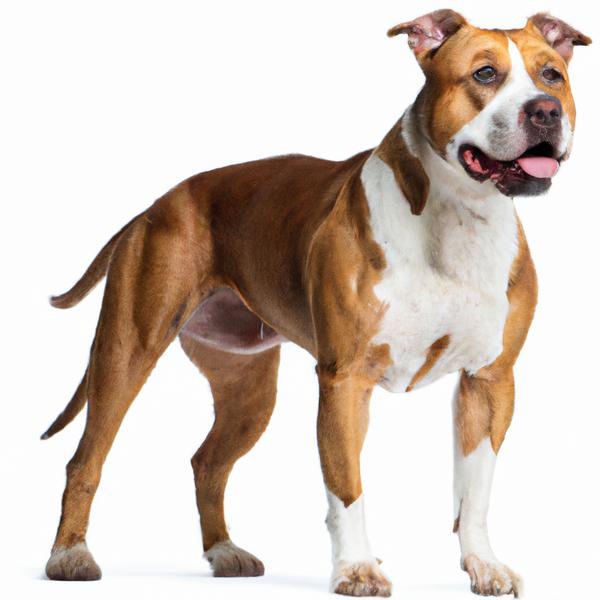
American Staffordshire Terrier
Schnekingese vs American Staffordshire Terrier
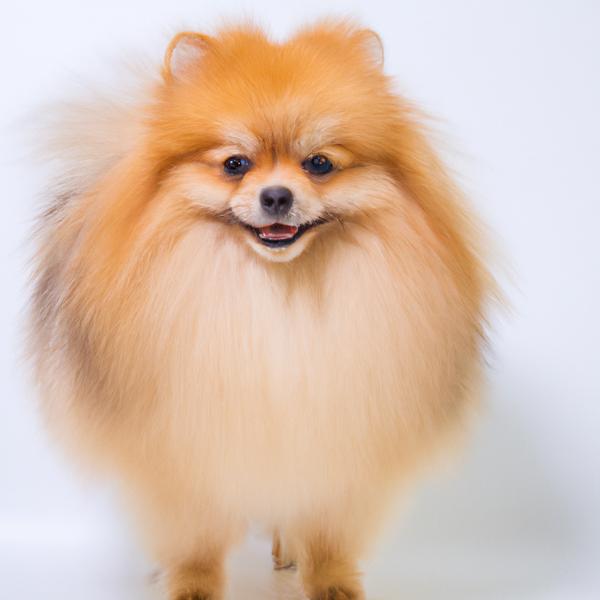
Pom-Kee
Schnekingese vs Pom-Kee
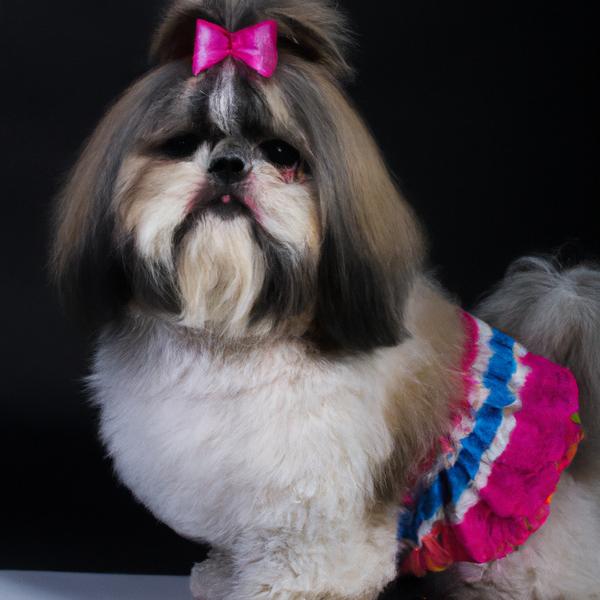
Papastzu
Schnekingese vs Papastzu
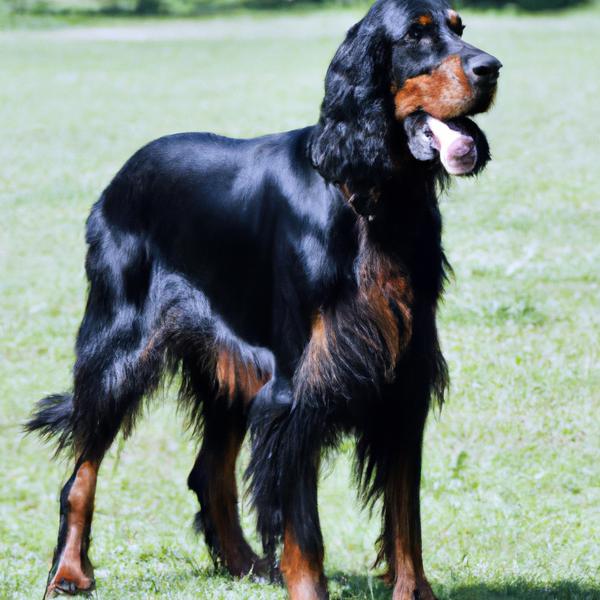
Gordon Setter
Schnekingese vs Gordon Setter
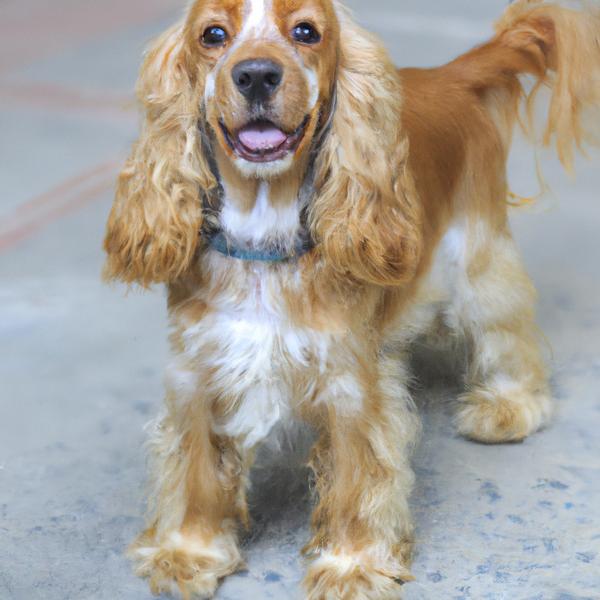
Cocker Jack
Schnekingese vs Cocker Jack
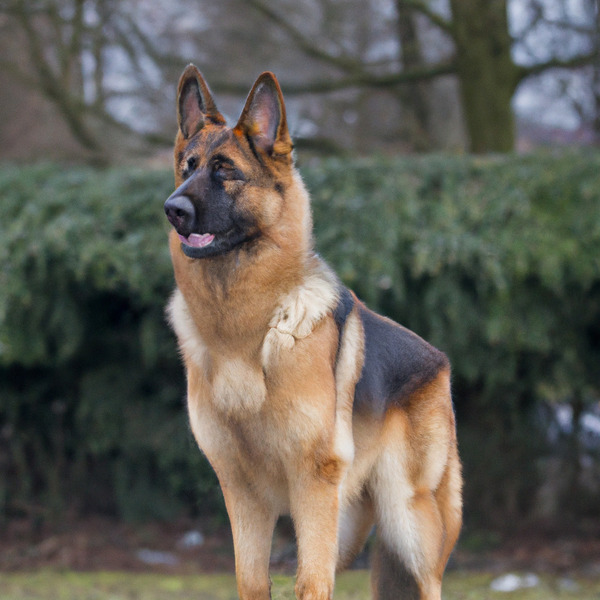
King Shepherd
Schnekingese vs King Shepherd
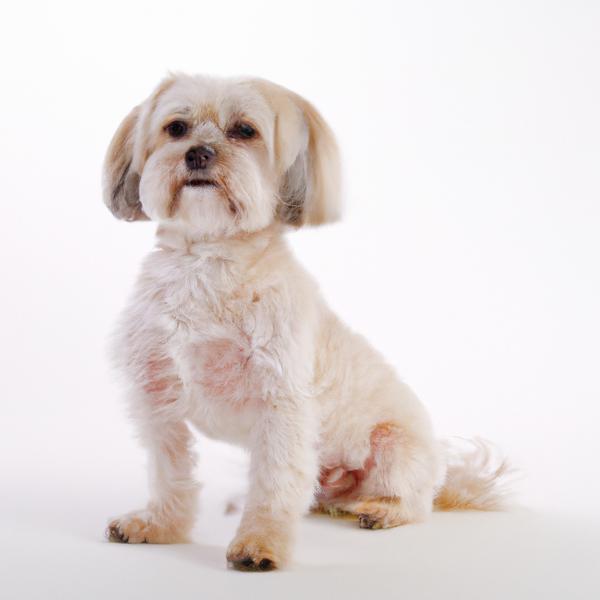
Wee-Chon
Schnekingese vs Wee-Chon
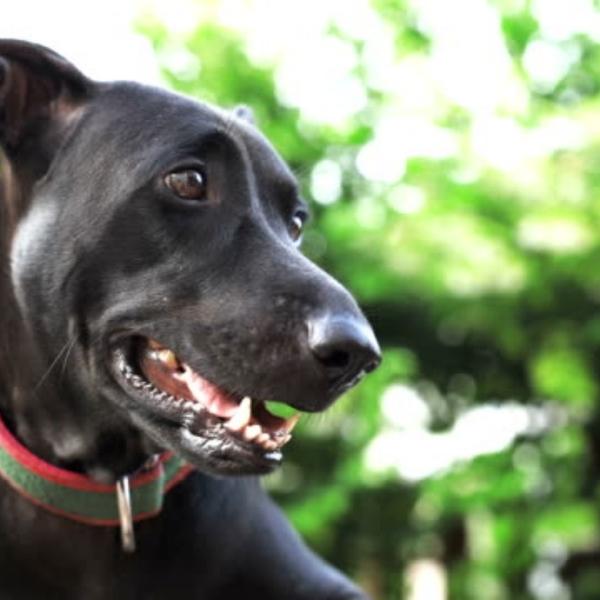
Sheprador
Schnekingese vs Sheprador
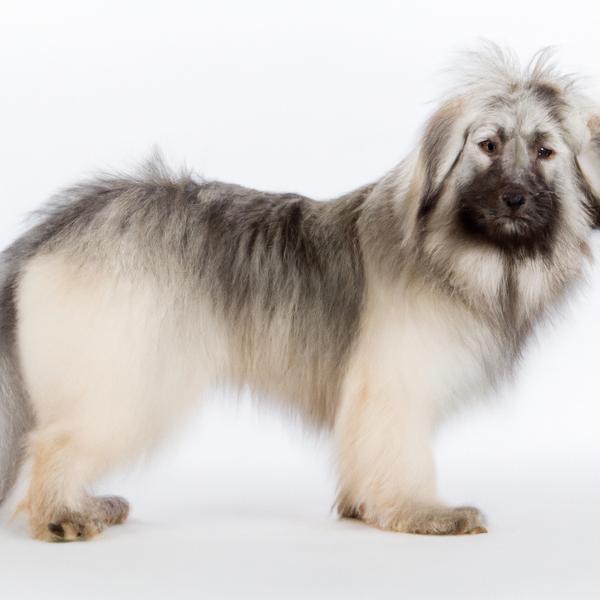
Sniffon
Schnekingese vs Sniffon
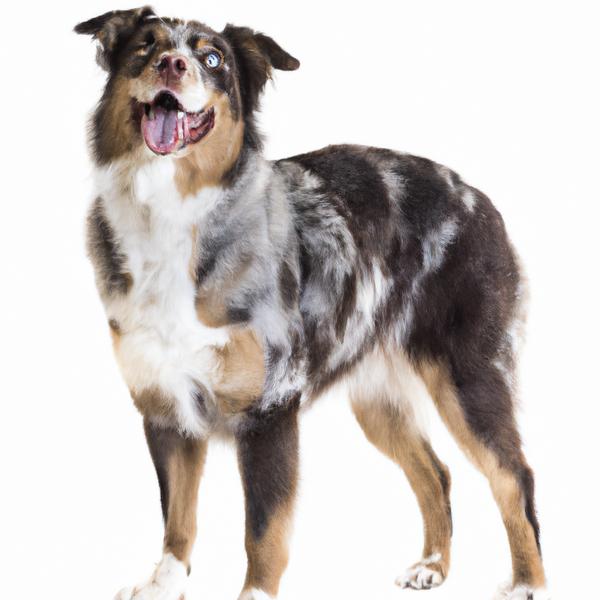
Austi-Pap
Schnekingese vs Austi-Pap

Rottmatian
Schnekingese vs Rottmatian
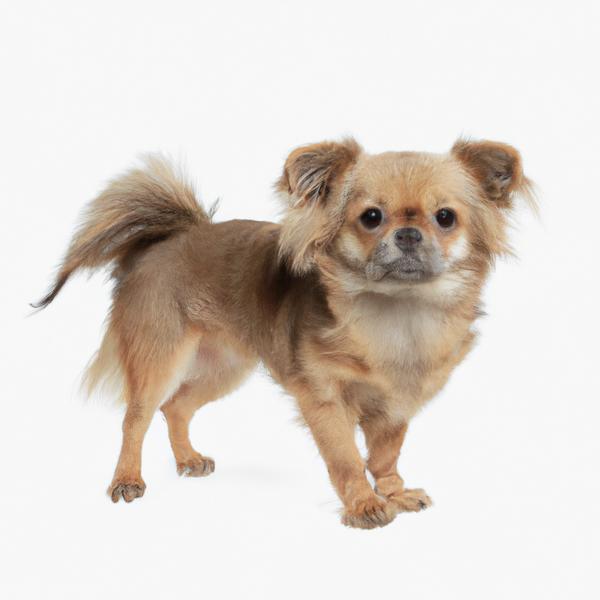
Silkyhuahua
Schnekingese vs Silkyhuahua
